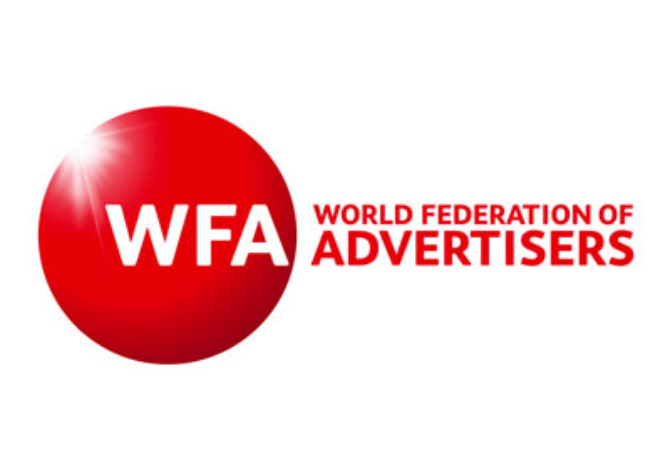The World Federation of Advertisers (WFA) has called on the media industry to clean up its act, following an investigation showing that advertisers are inadvertently funding extremist content.
The investigation by UK newspaper The Times looked into how an advert for Mercedes-Benz E-Class had featured as an in-stream ad during a YouTube video called Beautiful Nasheed, which features the so-called Islamic State flag and a song praising jihad.
This is an experience which has been mirrored by a range of respectable brands and taboo publisher sites, resulting in advertisers inadvertently funding extremist organisations.
According to Stephan Loerke, the WFA’s chief executive, brands have been increasingly drawn to programmatic media’s “promise” of efficiently delivering relevant content to people at the right time and place, at scale, with this opportunity leading to investment in programmatic advertising increasing dramatically.
“Both we and our members are increasingly concerned about the lack of transparency in this ecosystem,” he added, describing how this can take many forms including brand misplacement but also ad fraud, with a recent survey showing that 10-30% of all impressions are fraudulent.
“Whether a brand’s messages are seen by a bot rather than a human or whether an advertisement appears within utterly inappropriate content, the other players in the ecosystem still benefit from the initial investment. Currently, it is only the brand owner who loses out.”
Loerke continued that WFA members have already been taking action to deal with the issue of ads appearing against inappropriate content, often by limiting the amount of ‘run of exchange buys’ within their investment, increasingly (67%) turning to private exchanges, which promise better quality inventory.
He added that brands are also taking a more hands-on approach and directly contracting with the various parties involved in the ecosystem to ensure greater control, including the ability to contractually oblige them to protect their brands against misplacement and ad fraud, which could mean penalties where these guarantees are not met.
“What is needed is a more co-ordinated approach, such as a list of approved vendors being promoted by TAG in the USA, as well as third-party open-source solutions which have worked so successfully in other sectors,” he continued.
“It is incumbent upon the ecosystem, including publishers, ad networks, programmatic companies and agencies, to prove that the capability to effectively deal with challenges such as ad fraud and brand misplacement is in place. As it stands this seems not to be the case. Until this time, brand owners need to apply caution in relation to their overall digital media investment.”
Whilst brand owners are taking steps to protect themselves and their customers, Loerke concluded that it is ultimately incumbent on the platforms to do more to restrict this sort of inappropriate content from appearing in the first place.
“This is not the first time this sort of issue has been raised and clearly there is a need for the world’s leading digital platforms to address this with a great deal more urgency and intensity.”
The report has seen Mercedes-Benz’ parent company Daimler discuss its use of programmatic whitelists and blacklists coupled with filter tools to try to disassociate itself from discrimination and extremists. However, some websites can still slip through filters, requiring site-by-site audits of sensitive categories.
“Daimler dissociates itself from all forms of discrimination and extremism,” a statement read.
“Mercedes-Benz has strict media guidelines, which our markets and our media agencies adhere to. These prohibit the use of platforms and channels that are not compatible with our principles, such as those with extremist or politically polarising, discriminatory, sexist or criminal content.”
It follows a call-to-arms by Procter & Gamble chief brand officer Marc Pritchard, who revealed a four-point plan to combat the “murky” and “fraudulent” global media supply chain.








